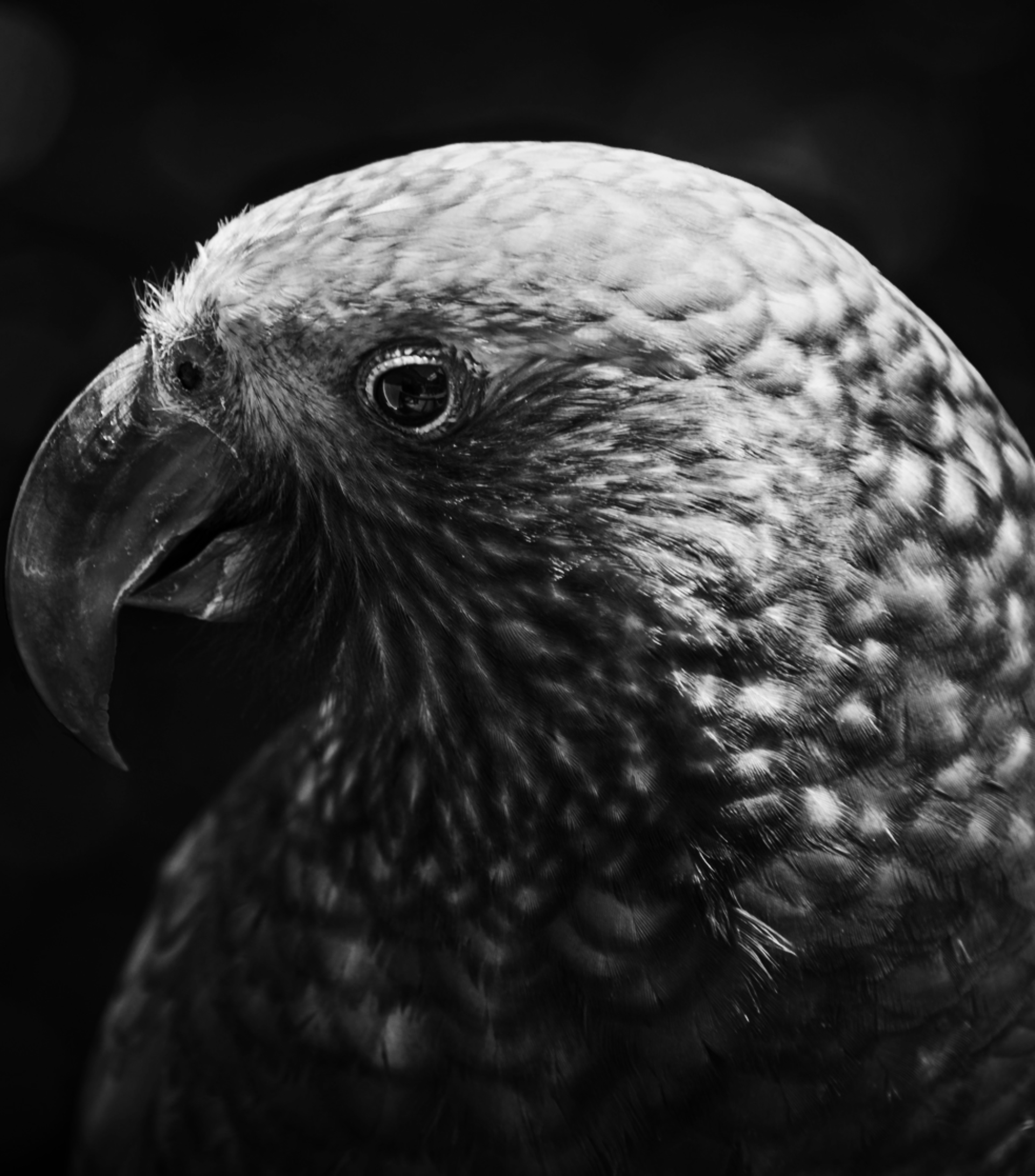Aotearoa New Zealand’s limestone ecosystems are disappearing. Once rich with life, they now cling to survival, scattered across small, isolated patches of our landscape.
These ecosystems are more than just striking rock formations. The limestone cliffs of the Wai o Toura Scenic Reserve in the Waitaki Valley are part of a story that spans 25 million years—formed from ancient seas, layered with fossils of penguins, whales, and dolphins. They’re living museums. Early Māori sought shelter in these cliffs, and today, we’re fighting to protect what remains.
The problem? Nearly a third (50 out of 152) plant species that live in these ecosystems are now highly threatened. That’s a real risk, they could disappear forever without urgent action.
Why does this matter?
New Zealand has over 70 rare ecosystems that cover less than 0.5% of our land. These small patches hold incredible biodiversity, but they are collapsing right before our eyes. Restoring limestone ecosystems like Wai o Toura is crucial if we want to preserve our natural heritage and protect the species that call this land home.
The Department of Conservation (DOC) and the New Zealand Nature Fund (NZNF) have set an ambitious goal of raising $1.4 million to fund this work. Every donation brings us one step closer to securing the future of these ecosystems and keeping them safe for generations to come.
DOC and NZNF are working together to help restore the mauri (life force) of limestone ecosystems. Help us save this sacred site before it’s too late.
You can donate directly to this project through New Zealand Nature Fund (NZNF). We are the charitable trust responsible for funds donated to this project.
































